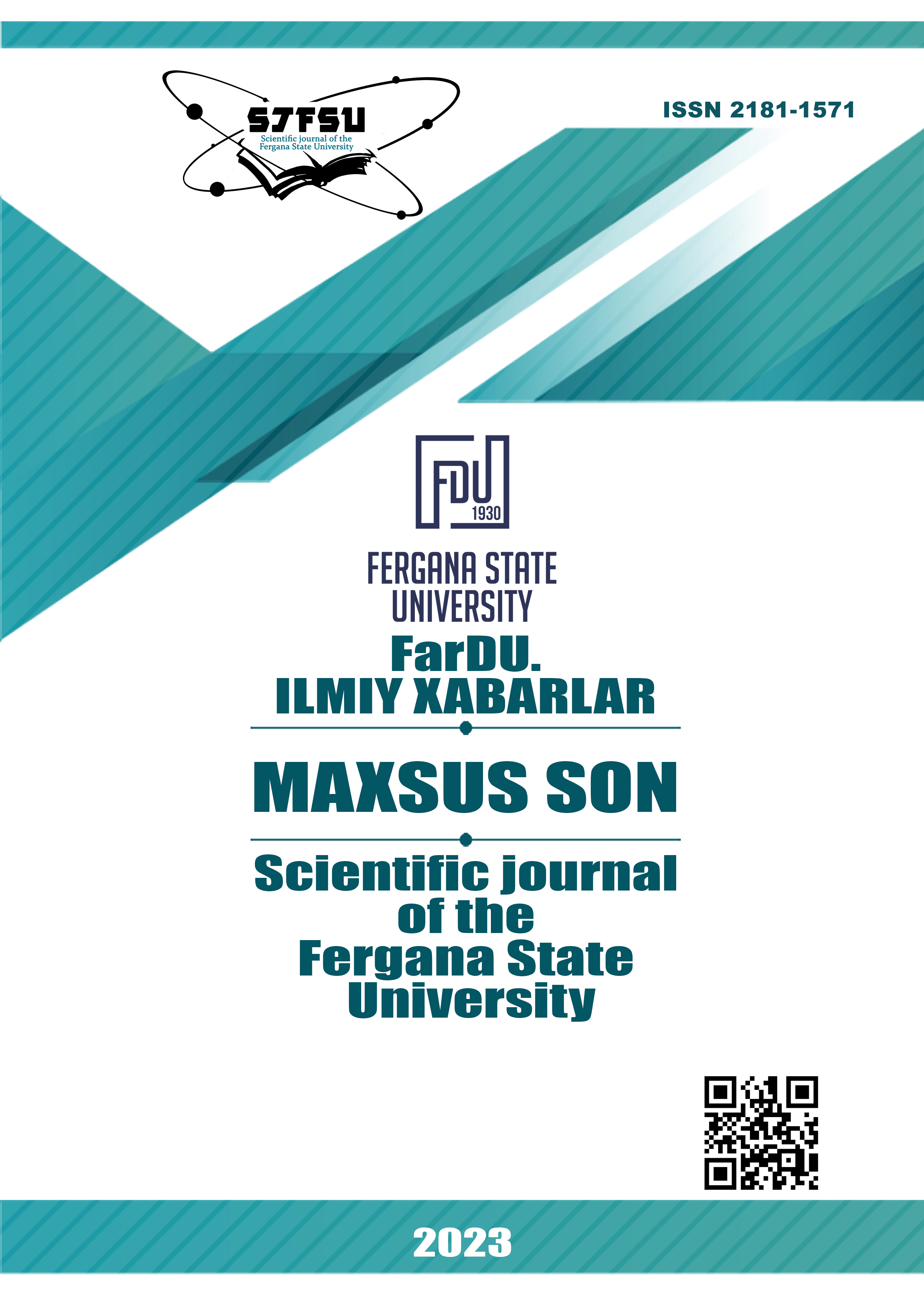NTEGRAL AND DIFFERENTIAL FEATURES OF TAUTOLOGY AND PLEONASM
Keywords:
tautology, pleonasm, integral and differential features, lexical redundancy.Abstract
This study is aimed at analyzing and classifying the main characteristics (signs) of tautology and pleonasm in the modern Russian language. The study is based on the study of the main theories and approaches to understanding lexical redundancy proposed by Russian linguists, as well as on the analysis and classification of modern language material. The study of the origin of terms corresponding to the characteristics of tautology and pleonasm, and their distribution at different levels of language, gives grounds for the conclusion that in the modern Russian language tautology and pleonasm are separate phenomena.
References
Ахманова О. С. Словарь лингвистических терминов. – Рипол Классик, 2013.
Буслаев Ф.И. О преподавании отечественного языка. Л. : Учпедгиз, 1941.
Василевская Л.И. Плеоназм // Русский язык. Энциклопедия / под ред. Ю.Н. Караулова. М.: Дрофа, 1997.
Виноградов В.А. Тавтология. Плеоназм // Лингвистический энциклопедический словарь / под ред. В.Н. Ярцевой. М.: Советская энциклопедия, 1990. 685 с.
Евгеньева А.П. Очерки по языку русской устной поэзии в записях XVII–XX вв. М.; Л. : Издво АН СССР, 1963.
Ожегов С.И., Шведова Н.Ю. Толковый словарь русского языка. М. : Азбуковник, 2001.
Русский язык. Энциклопедия / под ред. Ю.Н. Караулова. М.: Дрофа, 1997. 721 с.
Словарь-справочник лингвистических терминов / под ред. Д.Э. Розенталя, М.А. Теленковой. М.: АСТ, 2008. 624 с
Юдина Н.В. Русский язык в XXI веке: кризис? эволюция? прогресс? М.: Гнозис, 2010.
Downloads
Published
Issue
Section
License
Copyright (c) 2024 Scientific journal of the Fergana State University

This work is licensed under a Creative Commons Attribution-NonCommercial-NoDerivatives 4.0 International License.

